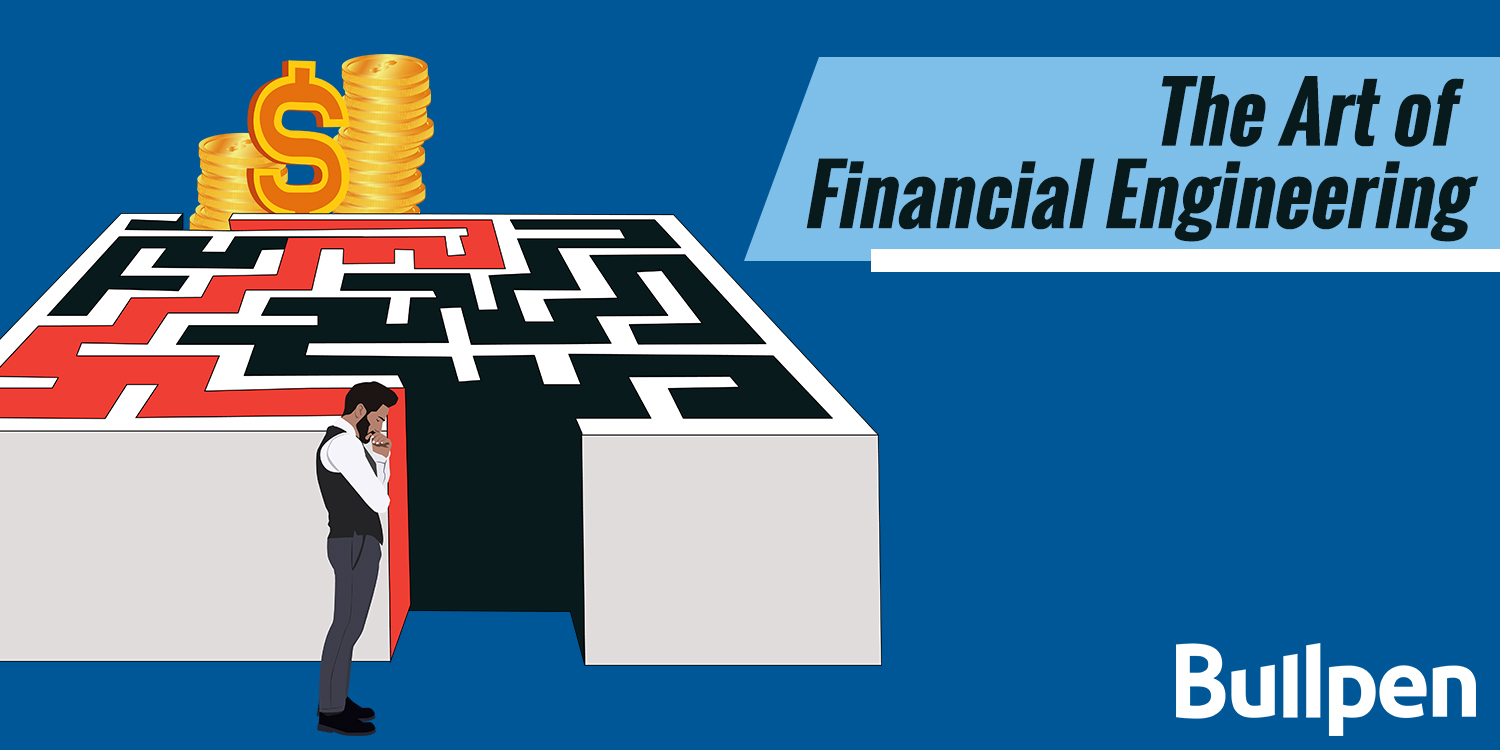
You’ve found it: the perfect building to add value and diversity to your commercial real estate portfolio. All that’s left is a quick site visit to check off that box on your due diligence list. What could go wrong? For answers, keep reading.
The Importance of a Site Visit
Conducting a site visit is often the last step before finalizing an acquisition or a loan, but it’s arguably the most important. Nearly all commercial real estate acquisitions or loans are transacted “As-Is,” with limited representations or warranties. That means it’s up to the buyer to thoroughly inspect the property and confirm the value of the asset, before releasing contingencies and taking possession.
Performing a commercial property inspection seems like a common-sense task. It includes checking the exterior of the building, reviewing the condition of the parking lot, looking for roof leaks, and ensuring all mechanical systems work properly. An assessment of the building skin, windows, façade and grounds are also important. Frequently, a buyer will hire a professional to complete the inspection and produce a Property Condition Assessment report. Any deficiencies that are noted may result in additional negotiation of the purchase price.
However, a wise buyer will dig deeper.
1. Environmental Hazards
Environmental hazards can be a major source of financial trouble. Liability for environmental contamination on a commercial property can result in millions of dollars and years of remediation for a buyer, even if the contamination occurred years before. Sophisticated buyers already investigate possible environmental hazards on the property under contract, and usually complete a “Phase 1” report. But what about the property next door? Sloping grades can easily cause environmental leaks to migrate to adjacent sites. There may be a storage tank or hazardous liquids next door that seep into the ground water at your site. This is especially problematic if the property being purchased is a multifamily or medical building. Check the EPA website for a list of Superfund sites, brownfields or industrial polluters in the area around your site. The EPA also lists state and local agencies that may have relevant records.
2. Ingress/Egress and Other Easements
During a site visit, access to the property seems obvious. Points of entry and exit are easily observable. But beware. Ingress/egress rights may be under different ownership. The annals of commercial real estate are littered with stories of lenders and owners getting burned when they learned after the fact that they didn’t own the property’s access points. For example, there may be three industrial properties — one behind the other — with one access road. If you are purchasing the second or third property in line, that’s a signal to investigate ownership of ingress/egress, because it may belong just to the first building. Others may have easement rights to your site as well. In one alarming instance, it was discovered that a water/sewer easement ran right down the middle of an industrial property. This permitted the local water utility to dig up water/sewer lines under the building, if needed. A title search should explicitly secure ownership rights to ingress/egress for your site. If not, walk away.
3. Parking
In most cases, it’s easy to determine if a site has adequate parking. The parking ratio is a simple calculation: it’s the number of parking spaces divided by GLA (Gross Leasable Area). The parking ratio is usually expressed as the number of spaces per 1,000 sq. ft. Each property type has a rule of thumb for its use: office properties are usually 3-4 parking spaces per 1,000 sq ft; shopping centers ideally have 5 spaces or more per 1,000 sq ft; and industrial/warehouse properties are commonly 1 space per 1,000 sq ft. A site visit, however, can reveal an unexpected parking shortage even if the parking ratio meets code. In one example, a newly opened shopping center generated so much excitement that the lack of adequate parking was quickly exposed, causing frustrated customers to leave for a competitor. In another example, an Amazon distribution facility met the required number of parking spaces; however, a site visit uncovered a severe shortage, especially during the high -volume Christmas season. Look for the warning signs of parking problems, such as off-street overflow parking or use of a shuttle bus to bring employees in from off-site. Be sure there is a solution for inadequate parking, such as an adjacent parcel on the site that is owned or can be bought.
The Takeaway: Site Visits are Critical
A site visit is typically the last step of due diligence before finalizing an acquisition or a loan, but it’s arguably the most important. Commercial real estate transactions take place “As-Is,” leaving it up to the buyer to do a thorough property inspection. Site visits can reveal major issues such as environmental contamination from an adjacent property, the lack of ownership of ingress/egress, and parking shortages even while the property is technically compliant. Don’t skip the critical step of touring the property before closing on any commercial building.
Contributor: Stephanie Loiacono
More than 20 years ago, a wise mentor told me, “To succeed in any career, you must be able to call yourself a noun: I’m a doctor, I’m a lawyer, I’m an accountant.” So, I entered a bank training program in New York City that put me on the path to becoming a Chartered Financial Analyst.
Over the years, I’ve gravitated to commercial real estate analysis. I was a senior CRE lender for a large LifeCo for more than a decade. I know how to analyze, underwrite, negotiate, and present CRE opportunities for sophisticated investors. Every deal is different and that’s how I like it.
Today, I work with Bullpen to find quality contract opportunities to work with experienced CRE clients on leading-edge transactions. I hope I get the chance to work with you.



